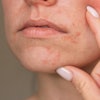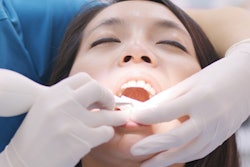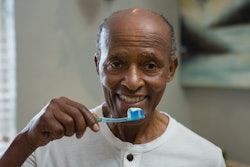
Though the number of adults in the U.S. reporting daily flossing rose over a 10-year-period, only about 33% of this population do this oral hygiene habit every day, according to a study published on May 16 in the Journal of the American Dental Association.
The study suggests that current efforts to promote flossing haven't been very effective, the authors wrote.
"Our findings revealed the need for improving the flossing habits of specific subpopulations at higher risk of developing periodontal disease," wrote the authors, led by Lang Liang of the Harvard School of Dental Medicine.
The authors used data, including age, sex, race and ethnicity, education level, and the family income-to-poverty ratio, from the 2009-2020 National Health and Nutrition Examination Surveys (NHANES), incorporating survey weights in all analyses.
To determine which sociodemographic factors were linked to daily flossing and evaluate potential interactions with survey periods, they conducted pooled univariable and multivariable logistic regression analyses. The study included 26,624 adults.
Despite the increase in daily flossing prevalence from 29.4% in 2009-2010 to 34.8% in 2017-2020, this rise was not significant after adjusting for multiple variables. Being 45 or older, female, Hispanic, and having a higher income-to-poverty ratio were associated with higher odds of daily flossing. A significant interaction between education and the survey period (p = 0.012) was also found, they wrote.
These associations may occur because the participants from these subpopulations may have higher oral health literacy. On the flip side, those with lower oral health literacy often have lower incomes, which correlated to lower odds of flossing daily, the authors wrote. Therefore, enhancing the oral health literacy of adults in these subpopulations could encourage regular flossing and other oral hygiene practices, they wrote.
However, the study had limitations, including the cross-sectional design of NHANES, which makes it challenging to determine the causality in the observed associations, the authors wrote.
"Future studies are necessary to identify other key determinants of flossing as well as evaluate the efficacy of daily flossing," they concluded.




















